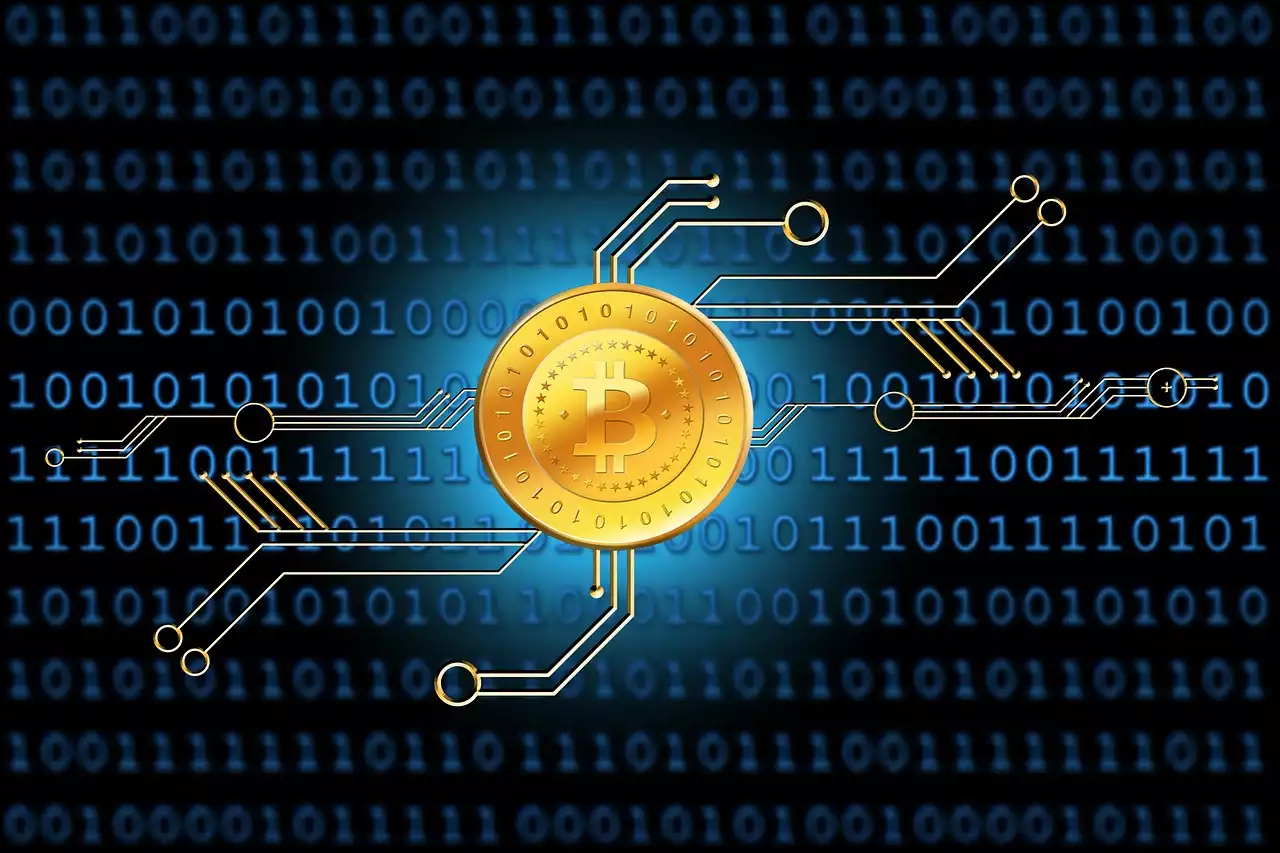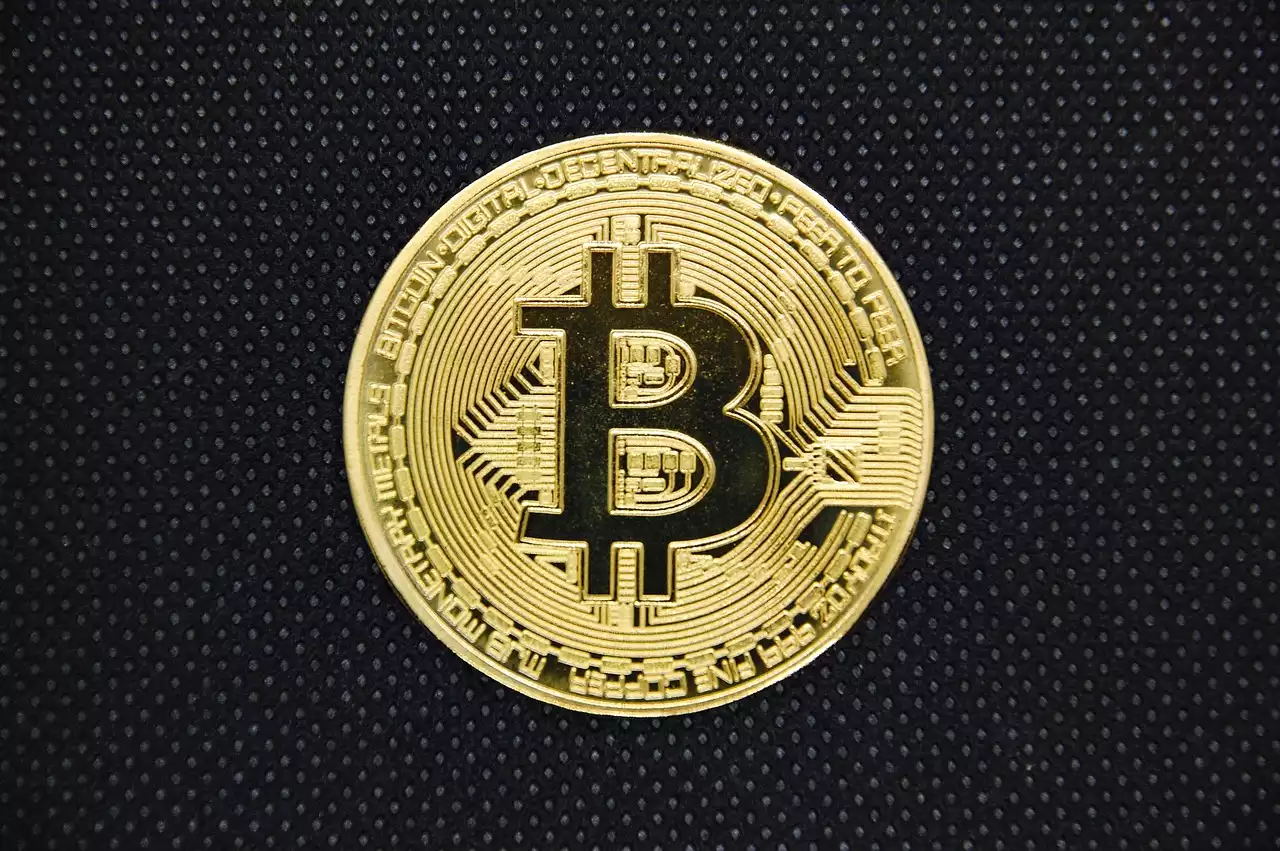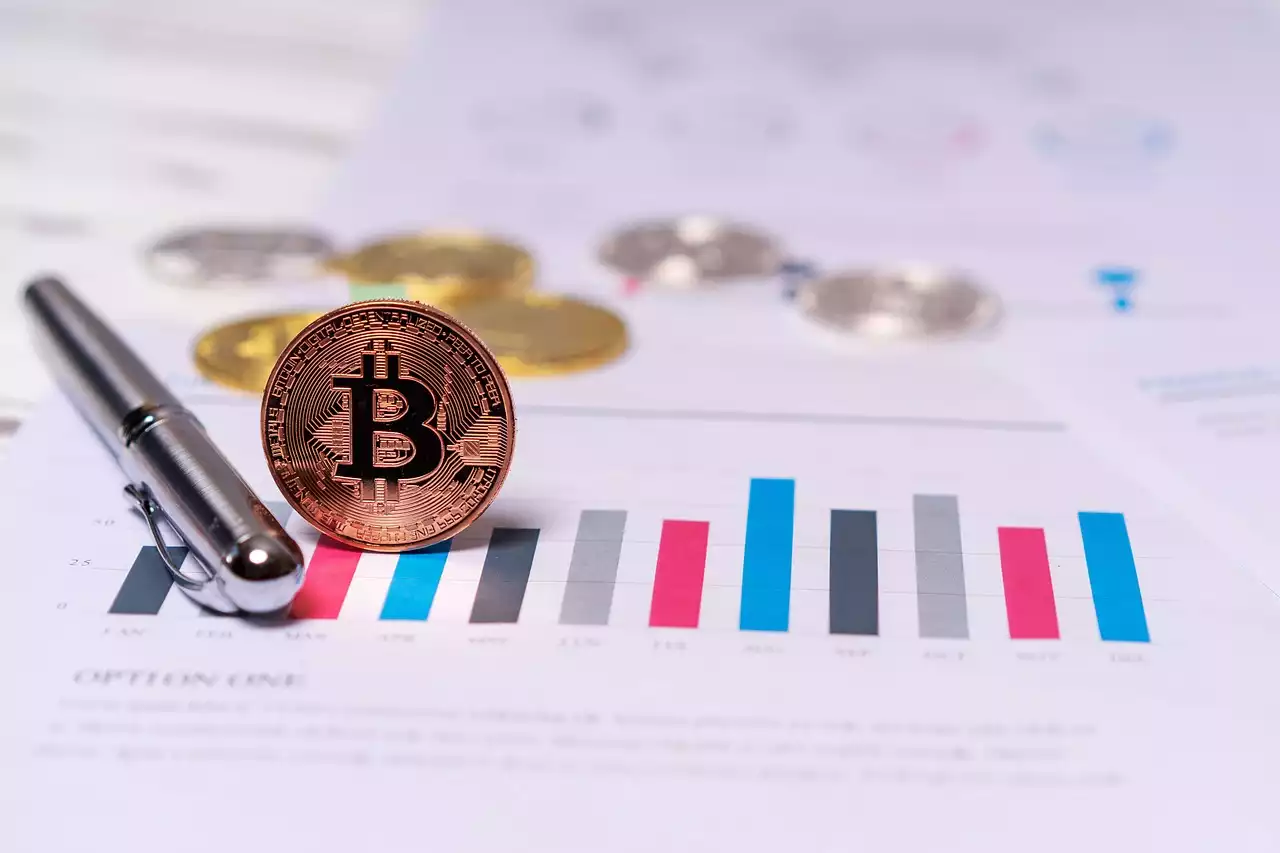What is Cryptocurrency Mining?
Mining cryptocurrency is the process of verifying transactions on a blockchain network, such as bitcoin or ethereum, by solving complex mathematical puzzles. Transactions are added to the blockchain through mining, which secures the network and validates transactions. The mining process involves adding new blocks of data to the blockchain and verifying transactions by solving computationally difficult mathematical puzzles for each block. Mining rewards are given to the first miner to solve each puzzle and add a new block to the blockchain. Cryptocurrency mining is a process that anyone can participate in, but it requires significant computational power to solve complex mathematical puzzles. The more computational power you have, the more likely you are to solve the puzzles and earn rewards. Mining is an important process that secures and validates all cryptocurrency networks. Cryptocurrency mining is an exciting and potentially profitable way to enter the world of digital currency.
Hardware and Software Requirements
To start mining cryptocurrency, you need to first purchase and set up the necessary hardware and software. To find the best equipment for your mining operation, you should first assess your budget, electricity costs, and your overall goals. You’ll also need to familiarize yourself with different cryptocurrency networks and understand how each one works. Once you’ve assessed all of these factors, you can start shopping for the necessary hardware and software.
Potential Rewards and Risks
Cryptocurrency mining rewards are distributed among the miners who solve computationally difficult mathematical puzzles. These rewards are transaction fees and newly issued cryptocurrencies. Mining is a competitive process that involves heavy competition among miners who are all trying to solve a puzzle and add a new block to the blockchain. The more computational power you have, the more likely you are to solve the puzzles and earn rewards. You can choose to mine solo, on a mining pool, or a combination of both. Mining solo is the riskiest option, but it also potentially offers the highest rewards. Mining on a mining pool reduces your risk, but it also reduces your rewards.
Finding a Reliable Power Source
One of the most important factors to consider when mining cryptocurrency is the source of your electricity. If you don’t have a reliable source of electricity, then mining isn’t a viable option for you. You’ll want to analyze your power costs and find an electricity source that’s reliable, cost-effective, and efficient. You’ll also want to check with your local government to ensure that you’re meeting all necessary regulations. If you don’t meet these requirements and you try to mine cryptocurrency, you could end up getting fined. Your mining operation also needs to meet certain environmental regulations. Mining cryptocurrency is an exciting and potentially profitable way to enter the world of digital currency. However, it can only be done by meeting all necessary regulations and having a reliable electricity source.
Researching the Different Cryptocurrencies
Before you start shopping for mining hardware and setting up your mining operation, you’ll want to do some research and decide which cryptocurrencies you want to mine. Cryptocurrencies, like bitcoin and Ethereum, are obtained through mining. You can start mining by purchasing and setting up the necessary equipment and software. Before you start mining, you’ll want to do some research and decide which cryptocurrencies you want to mine. The first factor to consider is the potential rewards. You’ll want to find cryptocurrencies that are profitable to mine. The second factor to consider is the difficulty level. You’ll want to find cryptocurrencies that have low difficulty levels. This will help to ensure that you’re able to earn rewards and profit from mining.
Connecting Your Miner to a Pool
Once you’ve set up your mining operation, it’s time to connect your miner to a mining pool. Mining pools are groups of miners who work together to solve puzzles and add new blocks of data to the blockchain. By connecting to a mining pool, you’re able to earn mining rewards more quickly. You can earn more by mining with a pool, but you’ll also receive less. Mining pools offer different reward systems, so you’ll want to find one that best suits your needs.
Understanding Your Earnings
Once you’ve set up your mining rig and started solving puzzles, you’ll start earning mining rewards. You’ll get paid in cryptocurrency, which you can then sell for fiat currency. The amount of rewards you earn depends on a number of factors, such as your mining setup and the difficulty level of the puzzles you’re solving. You can earn mining rewards by using a centralized mining setup or a decentralized mining setup. The more computational power you have, the more likely you are to solve puzzles and earn mining rewards. You can use mining software to track your mining earnings and monitor your mining performance. By tracking your mining earnings and monitoring your mining performance, you’ll be able to optimize your mining setup and earn more rewards with less effort.
Storing Your Cryptocurrency
Once you’ve earned cryptocurrency through mining, you’ll want to store it securely. Cryptocurrency is a digital asset that can be stored on a blockchain network. It’s important to store your cryptocurrency in a secure digital wallet. There are many different types of wallets, so you’ll want to choose one that meets your needs. You can store your cryptocurrency in online wallets or offline wallets. Online wallets are connected to the internet, meaning they’re less secure. Offline wallets are disconnected from the internet, making them more secure.









